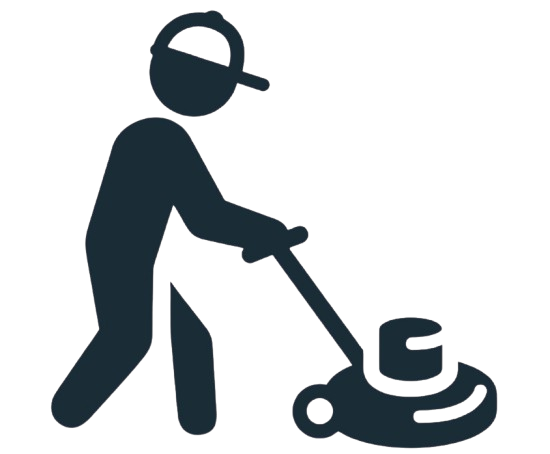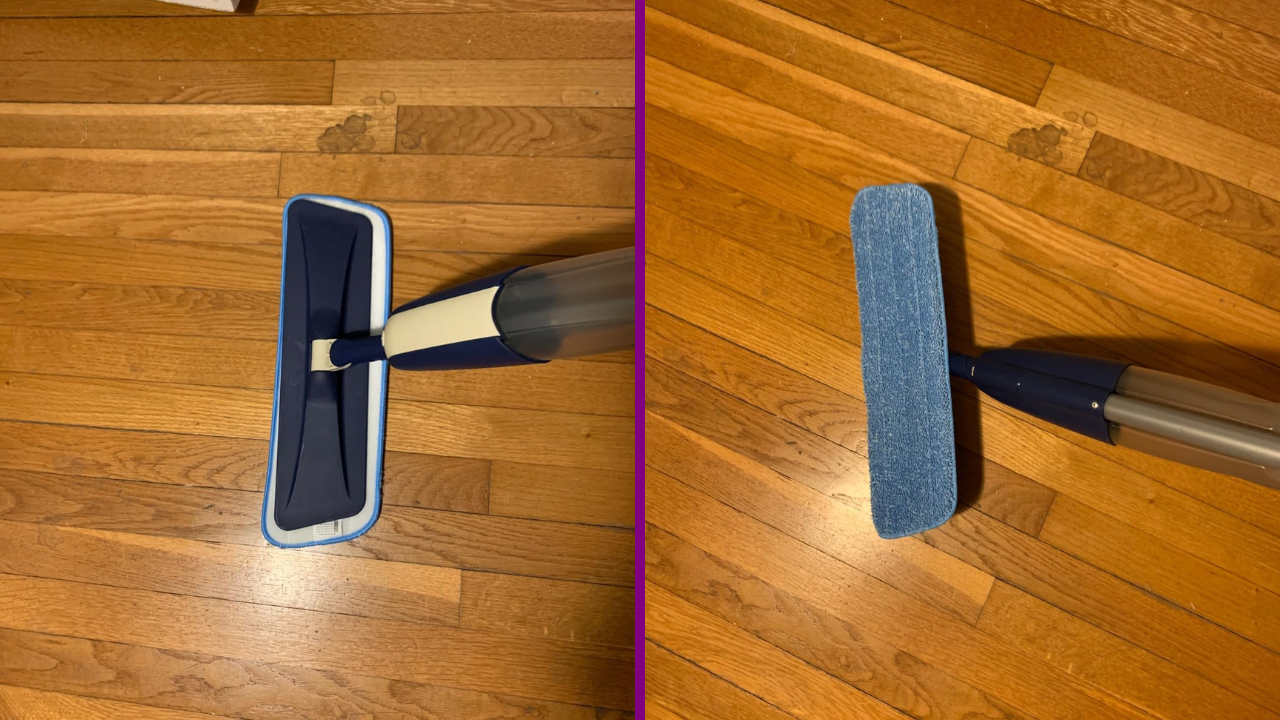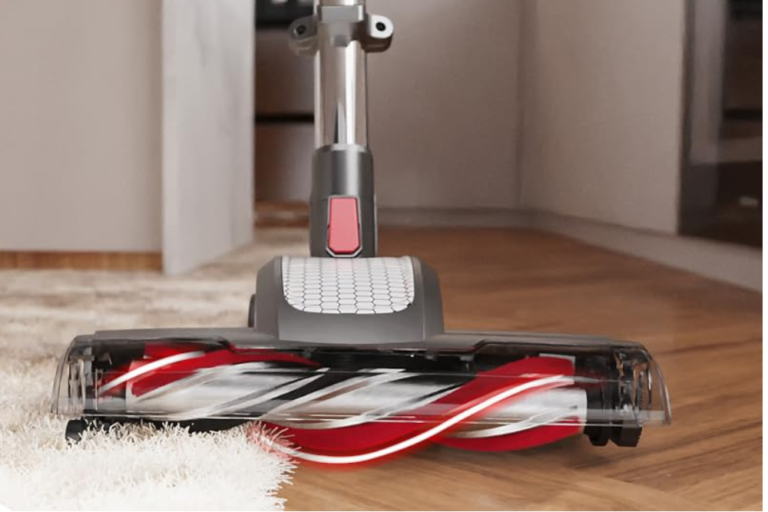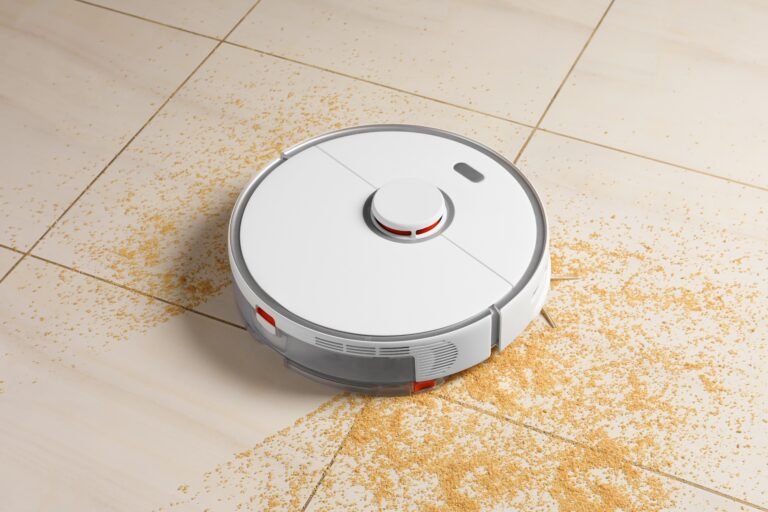Wood floors are a beautiful and timeless addition to any home, providing warmth, elegance, and durability. However, to maintain their lustre and longevity, regular cleaning and care are essential. In this comprehensive guide, we’ll cover everything you need about wood floor cleaning, including effective techniques, essential tools, and expert tips for keeping your hardwood floors looking their best.
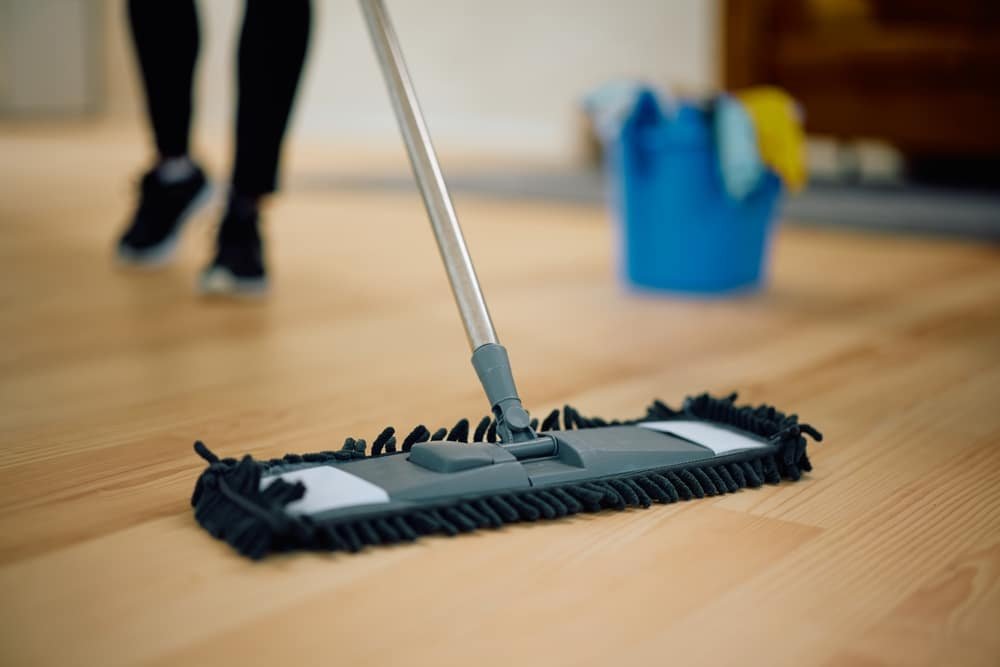
1. Understanding Wood Floors
Types of Wood Floors
Before diving into cleaning techniques, it’s essential to understand the types of wood floors. The two main categories are:
- Solid Hardwood Floors: Made from solid wood, these floors can be sanded and refinished multiple times.
- Engineered Hardwood Floors: These floors are composed of layers of plywood topped with a veneer of hardwood. They are more resistant to moisture and suitable for various environments.
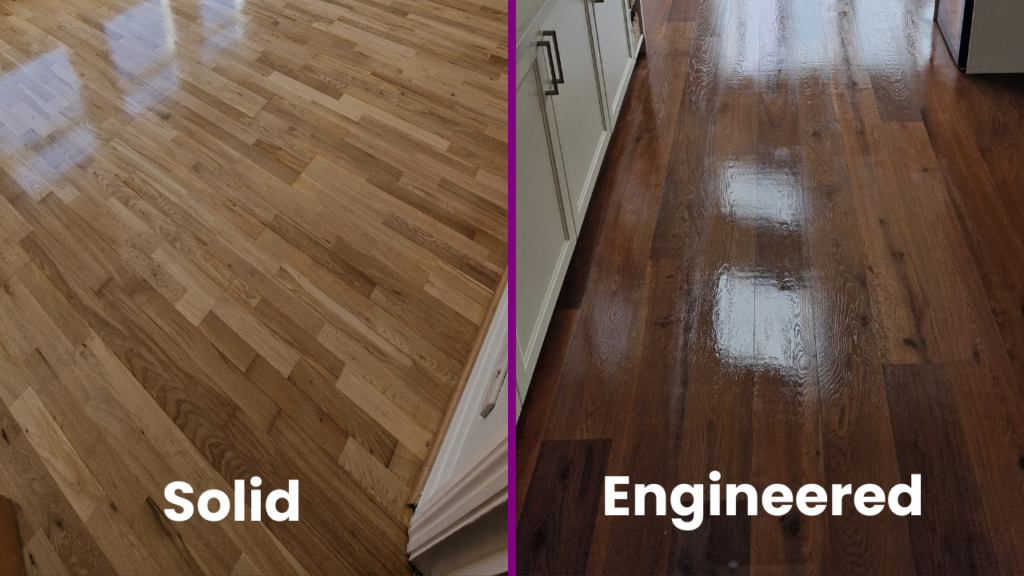
Common Wood Floor Finishes
The finish on your wood floors affects how you should clean and maintain them. Common finishes include:
- Polyurethane: This protective coating is durable and resistant to scratches. For maintenance, use a damp mop and pH-neutral cleaner.
- Oil-Based Finish: This finish needs regular maintenance with oil or special cleaners. Avoid excess water during cleaning.
- Wax Finish: Waxed floors require specific cleaning solutions and regular re-waxing to maintain shine.
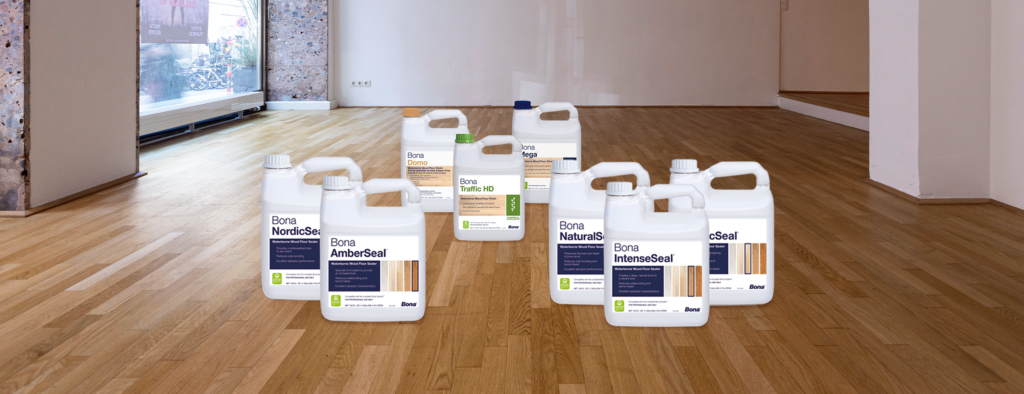
2. The Importance of Cleaning Wood Floors
Why Regular Cleaning Matters
Regular cleaning helps preserve the beauty and integrity of wood floors. Dust, dirt, and debris can scratch the surface and lead to premature wear. A clean floor also contributes to better indoor air quality.

The Consequences of Neglecting Your Floors
Neglecting your wood floors can result in the following:
- Scratches and Dents: Debris can scratch the surface, leading to costly repairs.
- Dull Appearance: Accumulated grime can dull the finish, making your floors look tired.
- Allergies: Dust and allergens can accumulate, affecting indoor air quality and health.
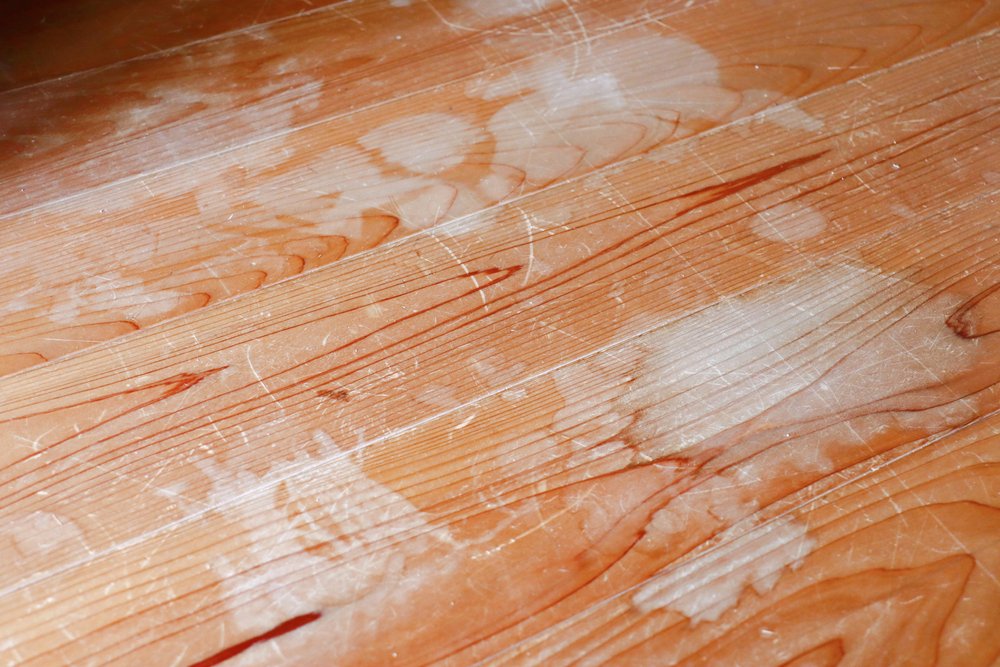
3. Essential Tools for Wood Floor Cleaning
Brooms and Mops
A soft-bristled broom or a microfiber mop is ideal for sweeping dust and debris without scratching the floor. Avoid using straw brooms, as they can leave behind particles that can scratch the surface.

Vacuum Cleaners
Use a vacuum cleaner with a hardwood floor attachment to remove dirt and dust. Ensure the vacuum has soft brushes to avoid scratching. Avoid vacuuming with beater bars, as they can damage the finish.

Cleaning Solutions
Choose a pH-neutral cleaner specifically designed for wood floors. Avoid harsh chemicals and ammonia-based products, which can damage the finish.
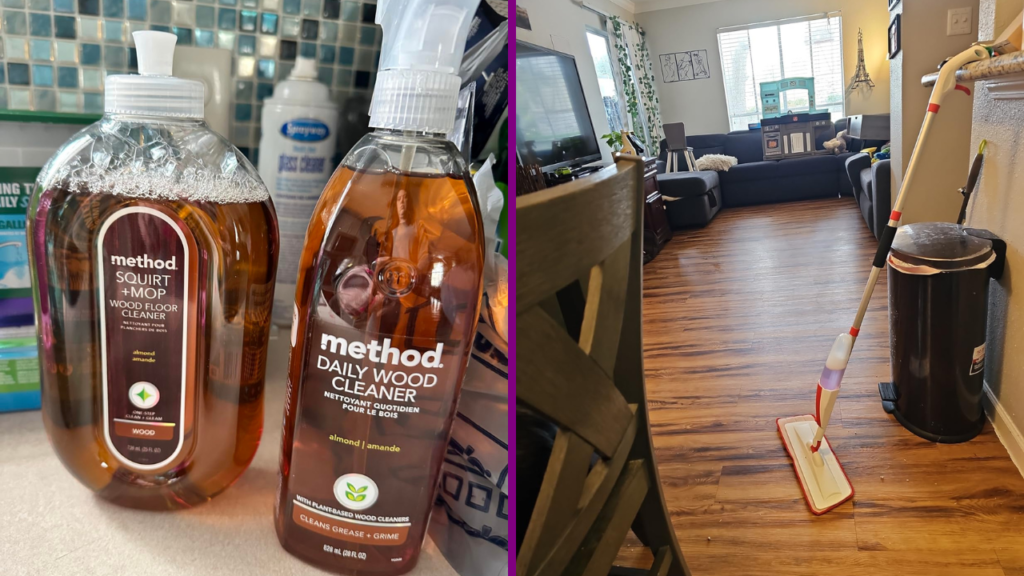
Microfiber Cloths
Microfiber cloths are excellent for cleaning as they trap dirt and dust without scratching. Use them for spot cleaning and polishing.

4. Tips for Daily Maintenance
Quick Cleaning Routines
For daily upkeep, sweep or vacuum your floors to remove dust and debris. Spot-clean any spills immediately with a damp microfiber cloth.
Preventative Measures
- Use Rugs and Mats: Place mats at entryways to trap dirt and moisture before they reach your floors.
- Furniture Pads: Use felt pads under furniture legs to prevent scratches.
- Avoid High Heels: Encourage guests to remove shoes that can dent wood floors, especially high heels.
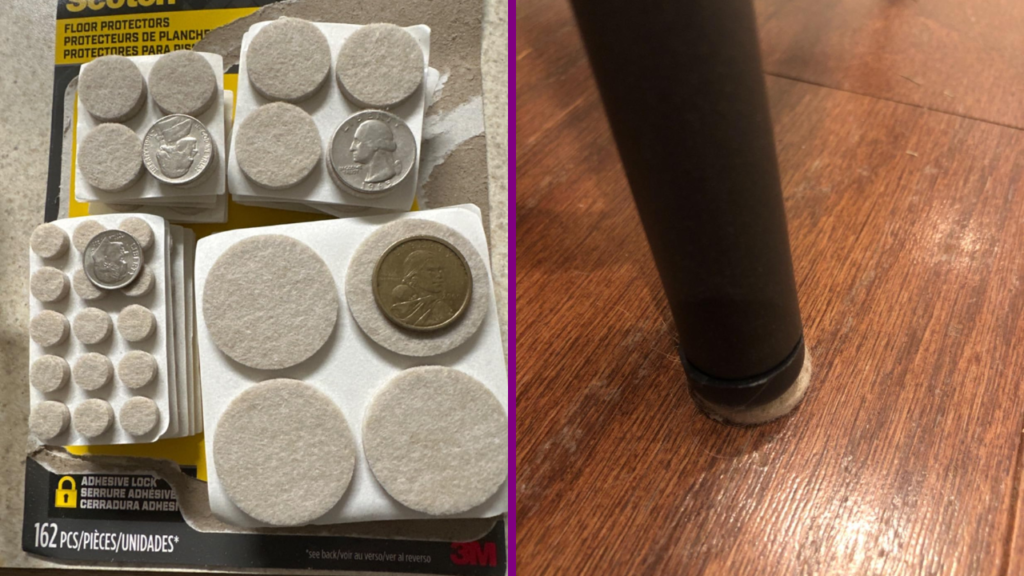
5. Deep Cleaning Techniques
How to Clean Wood Floors Safely
When deep cleaning, avoid excess water. Use a damp mop instead of a soaking wet one, and ensure the floor dries quickly to prevent moisture damage.
Step-by-Step Deep Cleaning Guide
- Remove Furniture: Clear the room of furniture and rugs to access the entire floor.
- Sweep or Vacuum: Thoroughly sweep or vacuum to remove dust and debris.
- Prepare Cleaning Solution: Mix a pH-neutral cleaner with water according to the manufacturer’s instructions.
- Mop the Floor: Use a damp microfiber mop to clean the floor, working in sections.
- Dry the Floor: Wipe the floor with a dry microfiber cloth or let it air dry.
- Replace Furniture: Once dry, replace furniture and rugs.
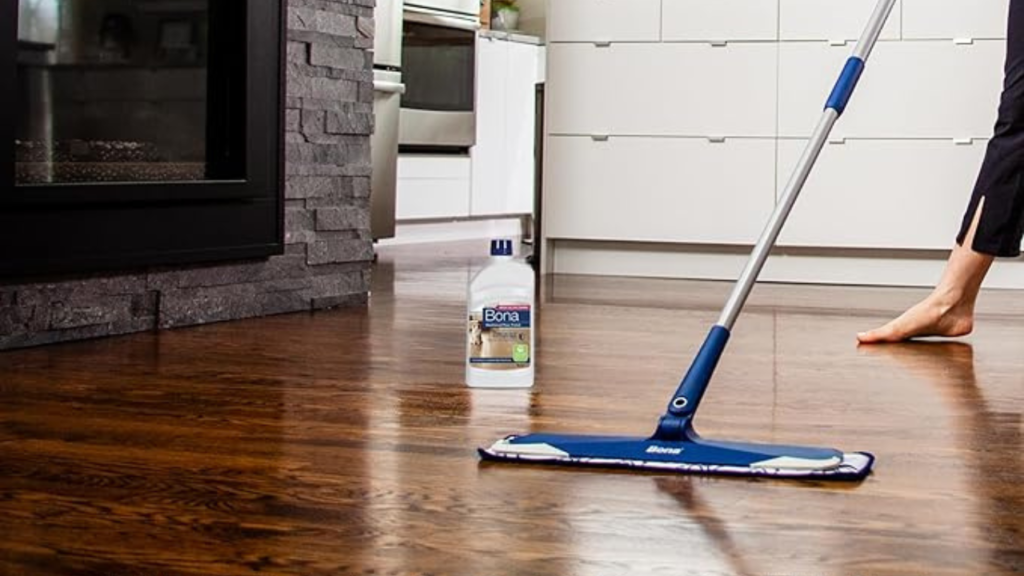
6. Special Considerations
Cleaning Different Wood Finishes
- Polyurethane: Clean with a damp mop and pH-neutral cleaner.
- Oil-Based: Use a cleaner designed for oil-finished floors and avoid excessive moisture.
- Waxed: Clean with a damp cloth and reapply wax as needed.
Dealing with Stains and Spills
For spills, blot immediately with a clean cloth. For stains, use a specific cleaner recommended for wood floors or a mixture of vinegar and water for non-oil stains.
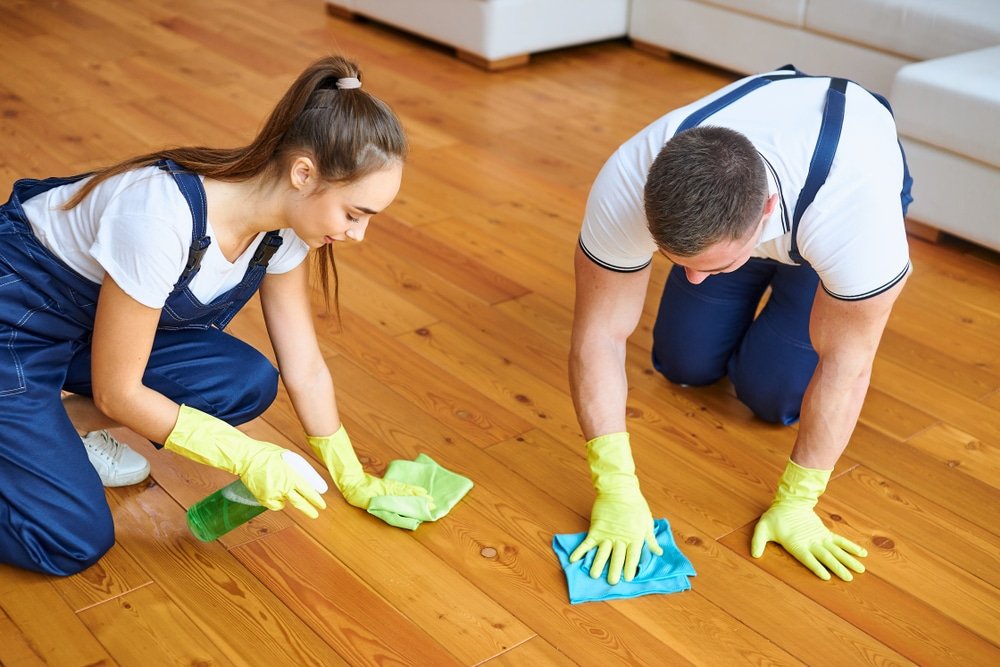
7. Eco-Friendly Cleaning Options
Natural Cleaning Solutions
If you prefer eco-friendly options, consider these alternatives:
- Vinegar and Water: Mix one cup of vinegar with a gallon of water for a natural cleaner.
- Olive Oil and Vinegar: Combine one part olive oil with two parts vinegar for polishing.
DIY Cleaning Recipes
Mix water and white vinegar in a spray bottle to create your own wood floor cleaner. Test on a small area first to ensure it doesn’t damage the finish.

8. When to Call Professionals
Signs You Need Expert Help
While regular cleaning is manageable for homeowners, there are times when professional assistance is necessary:
- Severe Scratches or Damage: If your floors have deep scratches or dents, it may be time for refinishing.
- Stubborn Stains: For stains that don’t come out with regular cleaning, professional products and techniques may be needed.
- Lack of Shine: If your floors appear dull despite regular cleaning, professional polishing can restore their lustre.
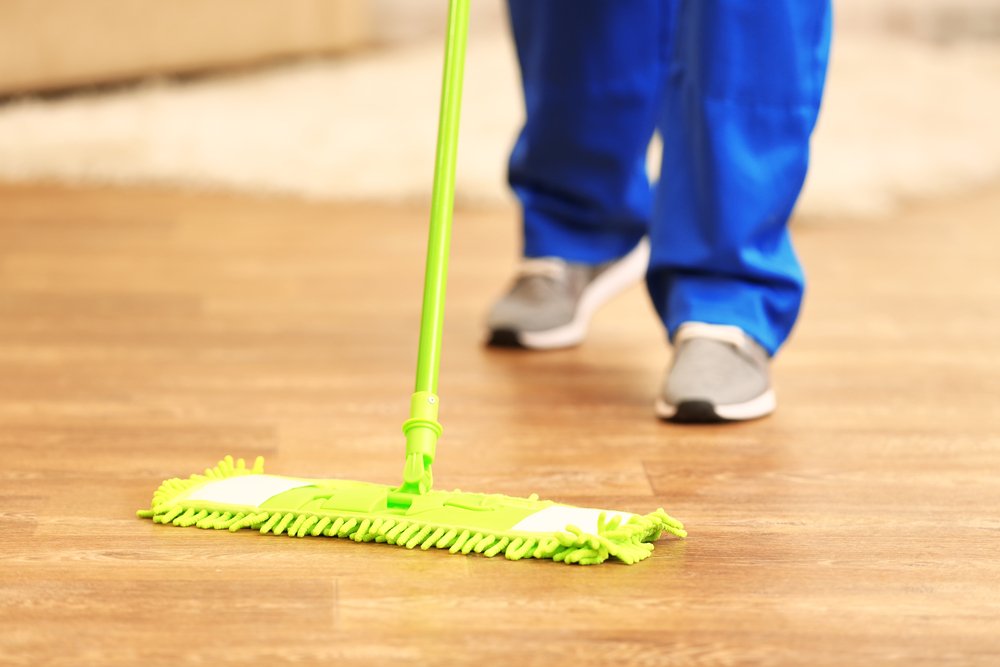
Conclusion
Keeping your wood floors clean and well-maintained is essential for longevity and beauty. By understanding your specific floor type, using the right tools and techniques, and committing to a regular cleaning routine, you can ensure that your hardwood floors remain a stunning feature of your home for years to come. Remember, when in doubt, consult with professionals to ensure the best care for your investment.
With this ultimate guide, you now have the knowledge and resources to tackle wood floor cleaning confidently. Happy cleaning!
